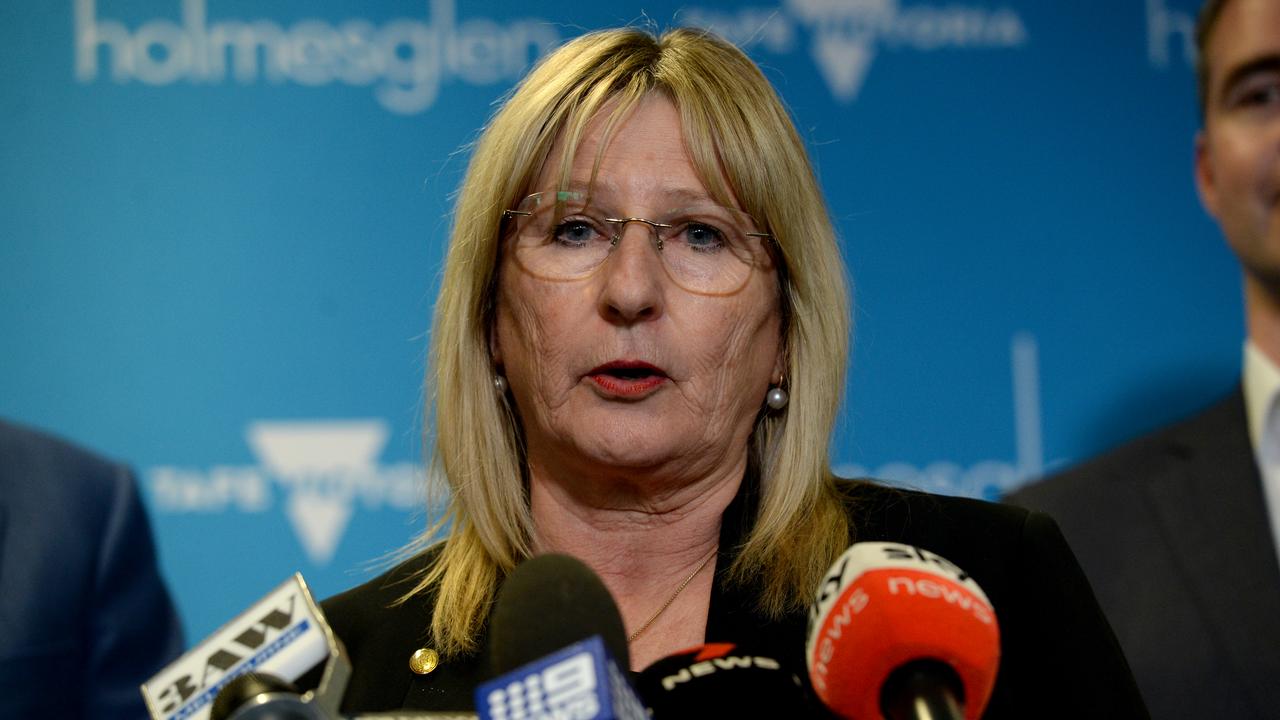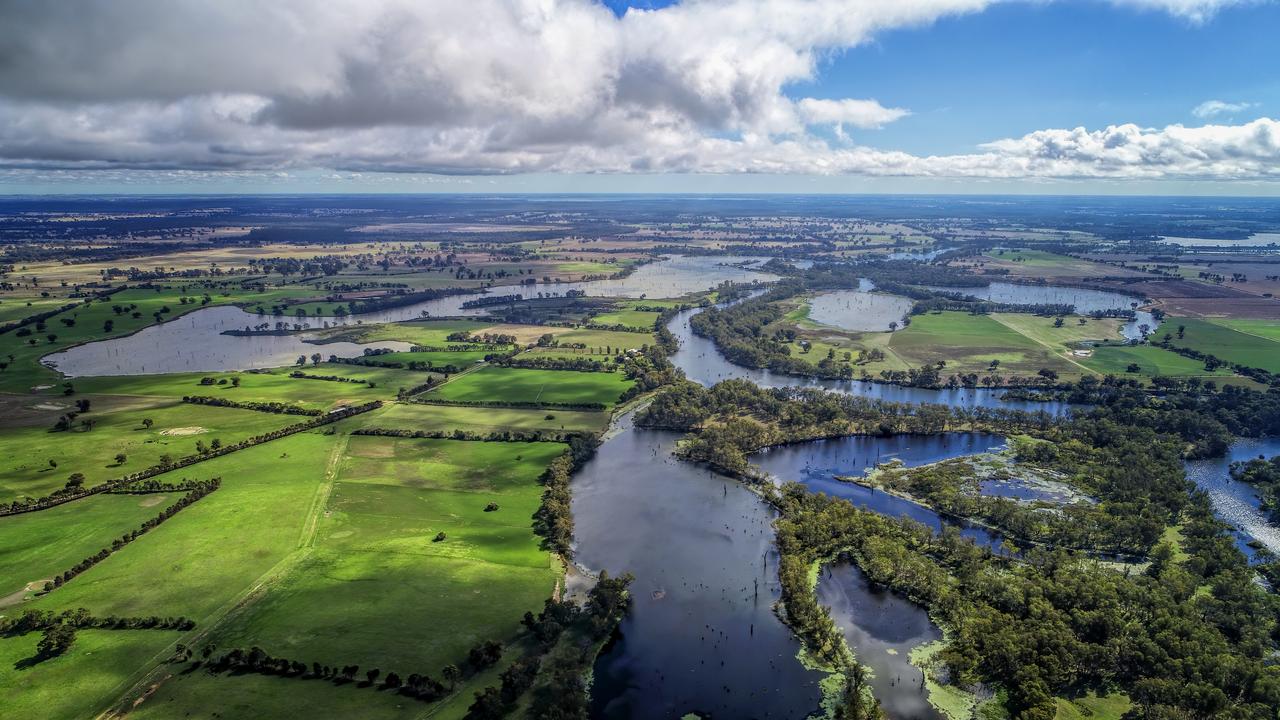Basin buyout warning: Irrigation communities will lose $850m annually
Water Minister Tanya Plibersek has responded to a recent Victorian report on the negative impacts of federal MDB buyouts.

The Victorian Government has fired a shot across the bow of the Albanese Government, releasing a damning report this week that warns buying irrigators’ water to meet Murray Darling Basin Plan targets will strip $850 million a year out of farming communities.
The Frontier Economics report was released by Victoria’s Department of Environment, Land, Water and Planning last night, as state and federal water ministers prepare to meet in Canberra next Wednesday, to thrash out a major logjam in delivery of the plan.
Most pundits say the meeting will lead to an inevitable deferral on delivering the plan by its legislated deadline of June 30, 2024, with federal Water Minister Tanya Plibersek likely to extend the deadline until at least June 2025.

While the Albanese Government promised South Australian voters it would deliver the Basin Plan in full and on time, the nation’s top water bureaucrats have already warned it’s impossible.
Briefing documents drafted by water bureaucrats on the Basin Officials Group warn their respective water ministers it is impossible to deliver the basin plan base target of 2750GL by June 30, 2024, let alone an extra 450GL of “upwater” to South Australia.
“Based on current Basin Plan settings and non-delivery of the seven ‘at-risk’ projects by June 2024, a shortfall of up to 340 GL of the 605 GL (of the 2750GL target) may be realised”.
Frontier Economics and Tim Cummins consultancies warn that if the federal government resorts to buying water to make up the shortfall, plus the 450GL upwater target for South Australia, it would mean stripping 760GL out of southern NSW and Victorian irrigation communities.
“It would also result in an extra 17,500 hectares of high-value horticulture being dried off in a repeat of the Millennium Drought,” the report found.
“This is equivalent to more than the combined total of 12,640 hectares of irrigated perennial horticultural plantings in the First Mildura, Merbein, Red Cliffs, Robinvale, and Nyah Irrigation Districts in 2021.”
The report also highlighted that ABARES had also found water recovery by the Commonwealth had pushed up water prices by an average of $72 a megalitre across a mix of ‘dry’, ‘typical’ and ‘wet’ years.
But Minister Plibersek said “the Victorian report is narrow and focuses only on Victoria, rather than the entire Basin.
“It does not include evidence or data on the beneficial impacts and outcomes of water recovery.
“This includes the socio-economic benefits from improved river health and water quality for a broad range of water users, including communities along the river. There are also benefits to those who receive irrigation upgrades and more efficient use of water in the community.”
The Minister said Victorians have received approximately $1.1 billion from the sale of water entitlements.
“In addition, the Commonwealth has provided $1.3 billion in funding for infrastructure recovery and offsets in Victoria.”
In relation to allocation price increases, Ms Plibersek said the report focuses only on water recovery.
“It does not properly consider other factors affecting allocation prices, e.g. drought, changes to commodity prices, the introduction of carry-over and technology changes.
“While water recovery does affect allocation prices, ABARES and others have shown that seasonal conditions are still the dominant driver of prices, particularly in dry years.”
The states have already delivered 1990GL towards the original 2750GL basin plan target, which has drained the regional communities of wealth and jobs.
The Frontier Economics report says “the socio-economic impacts of the Basin Plan in Victoria are apparent in the Goulburn Murray Irrigation District (GMID) — reducing water use and milk production in the order of 50 per cent in recent years,” Frontier reported.
“In a repeat of the millennium drought, the socio-economic impacts of the Basin Plan will also affect the horticultural industries of the Victorian Mallee and surrounding areas — requiring an extra 25,000 hectares of high value horticulture to be dried off due to the reduced consumptive pool.
“A potential future large-scale buyback of water entitlements would have large socio-economic impacts across the southern Basin — likely focused on northern Victoria (due to the Commonwealth’s focus on buying the state’s high reliability water shares).
“Given the current state of play, we consider a sensible and plausible approach is for Basin Plan implementation is to focus on current or alternative SDLAM projects to offset the full 605GL in a timely manner (rather than a 30 June 2024 deadline).”
MURRAY DARLING BASIN RECOVERY FACTS
What’s the original Basin Plan target?
Answer: 2750GL, plus an additional 450GL of what became known as “upwater” negotiated by then Water Minister Tony Burke to gain the South Australian Government’s support.
What is the Basin target now?
Answer: 2075GL, following two cuts in 2018.
The first was to cut the target to 2680GL, following a Coalition Government-led review found 70GL could be saved by improving environmental water management in the Northern Basin.
The second was to shave off another 605GL, delivering the equivalent environmental outcomes by removing constraints on getting high flows down rivers and across flood plains (through negotiations with landholders to flood their land), building regulators that held more water on wetlands, changing river operating and dam release rules, plus projects to cut losses from the Menindee Lakes.
However contracts have not even been signed for many of the seven key SDLAM projects, let alone any work being initiated.
Those projects include: the Menindee Lakes Water Savings Project (including Lower Darling Constraints) the Yanco Creek Offtake and constraints removal (such as landholder agreement to flood their properties) to allow enhanced environmental water delivery along the Murrumbidgee, Goulburn and the Murray Rivers.
Much of the constraints work is proving impossible to deliver, given it involves negotiating with about 6000 landholders adjoining the river to flood their properties to deliver environmental flows.
The BOC estimates there will be a shortfall of up to 340GL on the 605GL SDLAM target as a result of these projects not being delivered by June 30, 2024.
What progress has been made on the 450GL?
Answer: The federal government originally set aside $1.54 billion to recover the 450GL of upwater, which was brokered to get South Australia and its Senators to agree to the original Basin Plan.
However to date only about 23GL of savings have been contracted for delivery, of which 2GL has been delivered to the Commonwealth Environmental Water Holder.




